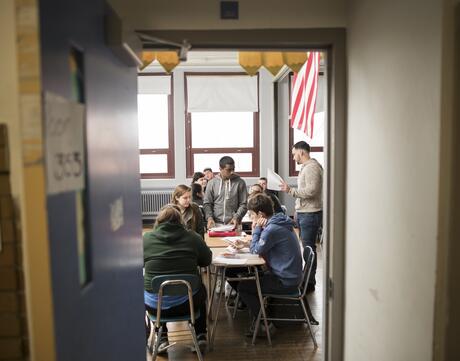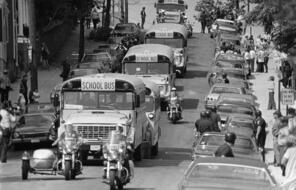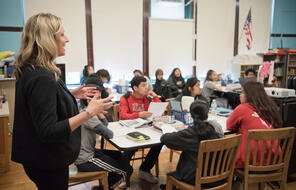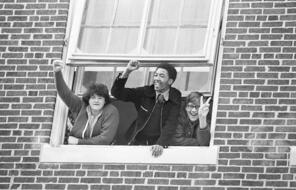
Supporting Question 4: Pursuing Educational Justice Today
At a Glance
Language
English — USSubject
- Civics & Citizenship
- Social Studies
Grade
8Duration
One 50-min class period- Democracy & Civic Engagement
- Human & Civil Rights
- Racism
Overview
About This Activity
Students will engage with sources that provide snapshots of the pursuit of educational justice in Boston today. They will then trace continuity and change between the pursuit of educational justice in the 1960s/1970s and today.
Preparing to Teach
A Note to Teachers
Before teaching this lesson, please review the following information to help guide your preparation process.
Lesson Plans
Activities
Materials and Downloads
Quick Downloads
Download the Files
Download allGet Files Via Google
Supporting Question 4: Pursuing Educational Justice Today
Supporting Question 3: Responding to Morgan v. Hennigan
Summative Assessment & Taking Informed Action
Unlimited Access to Learning. More Added Every Month.
Facing History & Ourselves is designed for educators who want to help students explore identity, think critically, grow emotionally, act ethically, and participate in civic life. It’s hard work, so we’ve developed some go-to professional learning opportunities to help you along the way.
Exploring ELA Text Selection with Julia Torres
On-Demand

Working for Justice, Equity and Civic Agency in Our Schools: A Conversation with Clint Smith
On-Demand

Centering Student Voices to Build Community and Agency
On-Demand














